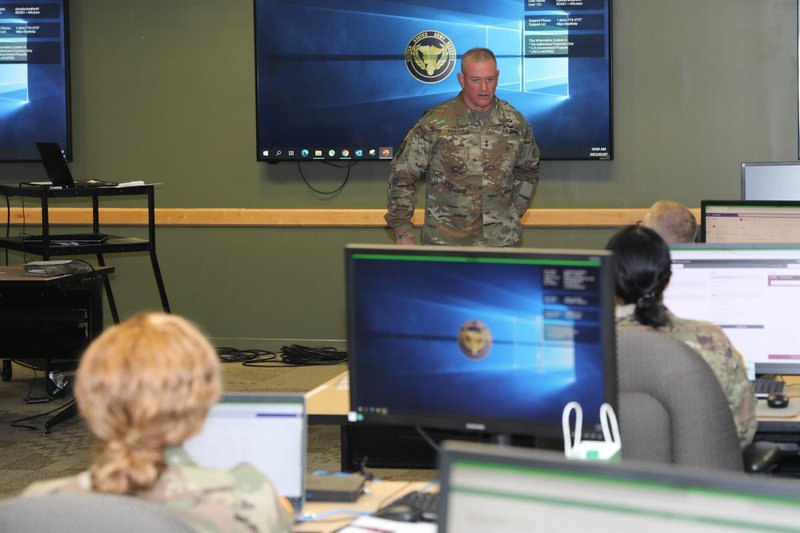Hey friends! It’s Amanda here, coming at you with some tech updates that actually matter to your digital life. I just got back from a weekend hackathon (fueled by way too much coffee and not nearly enough sleep), and there’s some security stuff I think you should know about.
So my phone buzzed yesterday with a Debian security advisory that caught my attention. If you’re running Debian systems like I am for most of my clients, you’ll want to pay attention to this one.
Updates – That FreeType Bug You Need to Patch ASAP
The Debian Security team just released DSA-5880-1, which fixes a pretty serious vulnerability in FreeType. For those who aren’t font nerds like me (yes, I actually get excited about typography), FreeType is that essential library that renders all those pretty fonts on your screen.
The vulnerability they found (CVE-2025-27363) involves an out-of-bounds write issue when parsing font subglyph structures. In human speak? If someone creates a malicious font file, they could potentially execute code on your system when you view it. Yikes.
I’ve actually seen this type of attack in the wild before. Last year, one of my clients received what looked like a harmless PDF with custom fonts, and their system started behaving strangely after opening it. We traced it back to a similar font parsing vulnerability.

The fix is available for the stable Debian Bookworm distribution in version 2.12.1+dfsg-5+deb12u4. If you’re running Debian, please do this update right away:
sudo apt update
sudo apt upgrade freetype
Why Security Updates Actually Matter
I know, I know. Updates are annoying. They pop up at the worst times (like when you’re in the middle of a Netflix binge or trying to meet a deadline). But here’s the thing – I learned this lesson the hard way when my development server got compromised last year because I had postponed a critical security update.
This FreeType vulnerability is a perfect example of why you shouldn’t hit “remind me tomorrow” for weeks on end. Font rendering happens constantly on your system, making this a particularly accessible attack vector. An attacker could potentially:
- Send you a document with a malicious font
- Get you to view a webpage that loads a custom font
- Trick you into installing an app that includes dangerous font files
Any of these could lead to code execution on your system if you’re unpatched. Not to sound alarmist, but this is exactly how many ransomware attacks begin.
Updates – GrapheneOS: My Personal Privacy Journey
Speaking of security, I’ve been testing GrapheneOS on my personal phone for the past six months, and I thought I’d share some thoughts since it keeps coming up in security discussions.
If you haven’t heard of it, GrapheneOS bills itself as the most secure and private mobile OS available. After Edward Snowden recommended it, I figured it was worth trying.
The transition wasn’t exactly smooth. I’ve used standard Android for years, and suddenly I was without Google Play Services. Apps like Uber and food delivery services that rely on Google Maps were… challenging. But I found workarounds, and the privacy benefits have been worth it.
What makes GrapheneOS special is its hardening approach. It’s not just Android with Google removed (though that’s part of it). The developers have implemented memory safety features, enhanced sandboxing for apps, and numerous other security improvements that protect against zero-day vulnerabilities.
The biggest surprise? Battery life is actually better without all those Google services constantly phoning home. I’m getting almost two full days on a charge now.

Balancing Security With Usability
This brings me to a philosophical point I’ve been thinking about lately. There’s always a tension between security and convenience. The most secure system is one that’s turned off, disconnected from the internet, and locked in a vault – but it’s also completely useless.
With both Debian security updates and privacy-focused operating systems like GrapheneOS, we’re constantly making trade-offs. When I recommend security measures to clients, I try to be realistic about what they’ll actually implement:
- Critical servers? Yes, patch immediately and restart services even if it causes a brief disruption.
- Development environments? Schedule the update for the end of the day.
- Personal devices? Find the balance that works for you, but don’t ignore security indefinitely.
I’ve found that the best approach is to build security habits rather than trying to do everything at once. Start with automatic updates for security patches, then gradually add more privacy-enhancing measures as they become comfortable.
Community Resources That Have Saved Me
One thing I love about the Debian and open-source security community is the wealth of resources available. The security tracker page (https://security-tracker.debian.org/) has been invaluable for staying on top of vulnerabilities.
For those interested in GrapheneOS, their community on Matrix (their chat platform of choice) has been incredibly helpful whenever I’ve hit roadblocks. There’s something special about a community built around privacy and security – people genuinely want to help each other stay protected.
When I was struggling to get my banking app working on GrapheneOS, someone in the community not only helped me find a solution but also explained the underlying security implications so I could make an informed decision about the trade-offs.
What I’m Watching Now
Beyond the FreeType vulnerability, I’m keeping an eye on several other security developments:
- The CNCF (Cloud Native Computing Foundation) Kubestronaut program looks promising for those working with Kubernetes
- There’s an ongoing discussion about implementing more memory-safe components in the Linux kernel
- The upcoming Debian release is focusing heavily on supply chain security
The software supply chain concerns are particularly relevant after some of the high-profile compromises we’ve seen over the past few years. Even with something as fundamental as font rendering libraries, we need to consider where our code comes from and how it’s verified.
Final Thoughts
If there’s one thing I hope you take away from this post, it’s that security updates matter. Whether it’s patching FreeType on your Debian systems or exploring privacy-focused alternatives like GrapheneOS, small steps toward better security really do add up.
I’d love to hear your thoughts! Have you tried GrapheneOS? How do you handle security updates? Drop me a comment below – I actually read and respond to all of them, usually with a cup of tea in hand and my cat trying to walk across my keyboard.
Until next time, stay secure and don’t open strange fonts!



